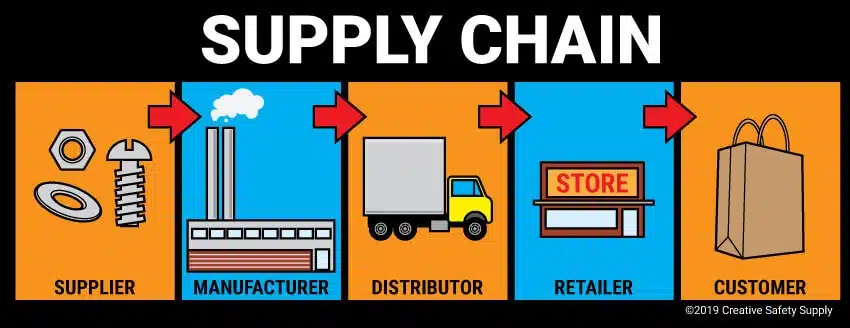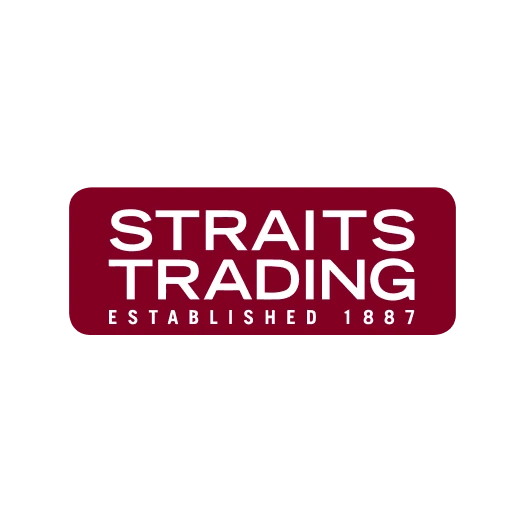Wholesale distribution software is an ERP system I use to manage logistics, front and back-office activities, and other key processes in distribution. It helps me optimize inventory control, distribution planning, and invoice management.
I rely on this software to predict product demand and ensure timely supply. With it, my teams in inventory, warehousing, and logistics can work seamlessly through a centralized ERP built for distribution.
Without a proper ERP, I cannot track thousands of orders efficiently or keep overhead costs low. That’s why I use HashMicro ERP Trading Software to streamline distribution and boost profitability. Get a free demo of HashMicro ERP and experience how it transforms your business.
Key Takeaways
|
Lack of Real-Time Visibility into Processes
It’s crucial for me to have real-time visibility into business operations, especially with so many moving parts in wholesale and distribution. Without it, coordinating these operations becomes challenging and inefficient.
When I rely on different spreadsheets or separate systems for various tasks, it creates silos that block real-time insights. This makes it harder for me to manage my company effectively and make timely decisions.
With features of ERP software, I can break down these silos by unifying data from finance, procurement, inventory, and sales. I use its reporting and visualization tools to measure warehouse profitability, track product performance, and spot cost overages.
Most importantly, ERP software gives me complete, real-time visibility across my wholesale and distribution business. This allows my team and me to take smarter actions, improve profitability, and gain a true competitive edge.
Ineffective Inventory Management
One of the biggest challenges I face in wholesale and distribution is inefficient inventory management. Stockouts during high demand, overstocks during slow periods, and missed reordering deadlines are common issues without proper control.
Poor inventory management slows down my response times and often leads to inaccurate reporting. By using ERP Wholesale Distributor software, I can automate stock monitoring, track key inventory patterns, and improve demand forecasting.
This helps me respond faster, generate accurate reports, and maintain the right stock levels at all times. I can also integrate a warehouse management system (WMS) with my ERP, using barcode scanners and mobile devices to streamline warehouse operations.
Limitations and Bottlenecks in the Supply Chain Process

Managing supply chains has become increasingly difficult for me as customer expectations continue to rise. Shorter lead times, same-day delivery, and growing e-commerce fulfillment often expose bottlenecks in my supply chain management.
These constraints disrupt operations, but with ERP software’s inventory management module, I can streamline supply chain management. It helps me stay on top of procurement, warehousing, and distribution without delays.
For example, my ERP can automatically generate purchase orders when stock levels run low and track both incoming and outgoing inventory. It also supports me in dispatching goods efficiently, ensuring customers get what they need on time.
Low Customer Satisfaction Due To Poor Service
Meeting customer expectations is critical for me, as today’s buyers demand fast and reliable service. If I fail to deliver, they can easily turn to competitors.
By using ERP software, I’m able to provide the level of service my customers expect. It streamlines inventory management, optimizes my supply chain, and prevents delays caused by untracked orders or stock shortages.
With ERP, I can fulfill orders quickly and accurately, which helps me boost client retention and build stronger long-term relationships.
How ERP Software Resolves the Pain Points
As a wholesaler and distributor, I face many unique challenges, from inventory issues and supply chain disruptions to inefficient workflows and dissatisfied customers. These pain points make growth difficult unless I tackle them directly.
For me to expand, I must address the root cause: a lack of visibility into my business processes. Without this insight, solving these problems feels nearly impossible.
ERP software gives me the real-time visibility I need to stay competitive. It streamlines my operations, eliminates silos, removes bottlenecks, and helps me resolve industry-specific problems that could otherwise slow down my growth.
Also read: 7 Main Benefits of ERP Software in the Wholesale Industry
Conclusion
With wholesale distribution ERP software, I can easily monitor thousands of orders while reducing overhead costs and improving customer satisfaction. It helps me gauge demand accurately and ensure every order is delivered on time.
The system speeds up my response times, generates precise inventory reports, and keeps products available when demand is high. It also helps me manage both incoming and outgoing stock more efficiently, ensuring smooth distribution to my customers.
That’s why I use Hash Trading and Distribution, the best ERP for trading businesses. It gives me complete control over my processes and streamlines every aspect of my operations. I invite you to try our free demo today and experience the difference.

Frequently Asked Questions About Wholesale Distribution ERP
-
What does wholesale distribution mean?
Wholesale distribution is when distributors buy products in bulk from manufacturers, store them, and then supply them to retailers or businesses, serving as the link between production and the market.
-
How does wholesale distribution software work?
Wholesale distribution software streamlines financial, inventory, and delivery processes by centralizing data, making it easier to access, share, and manage across the organization.
-
What role does distribution play in ERP?
A distribution ERP system integrates order management, warehousing, transport, and customer service into one platform, helping businesses optimize their supply chain and improve efficiency.

































